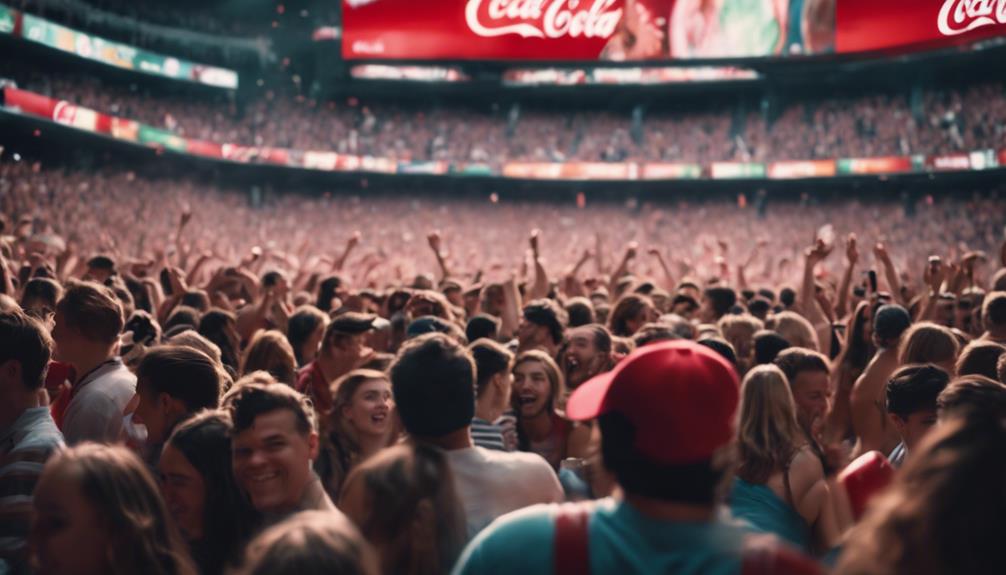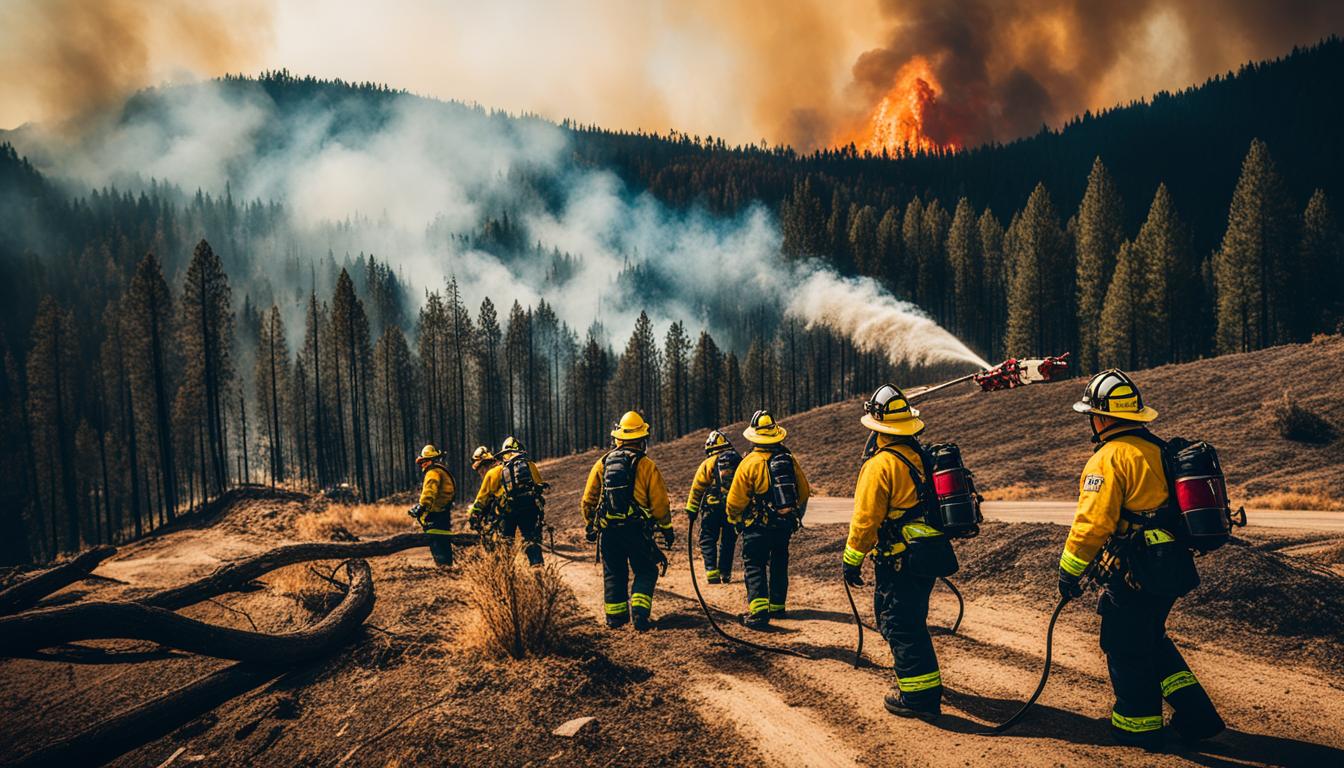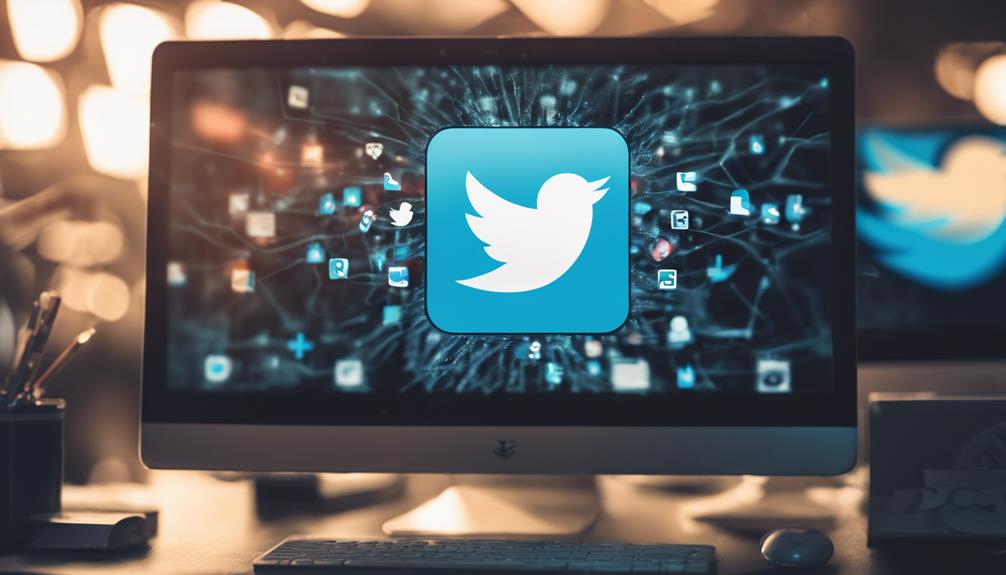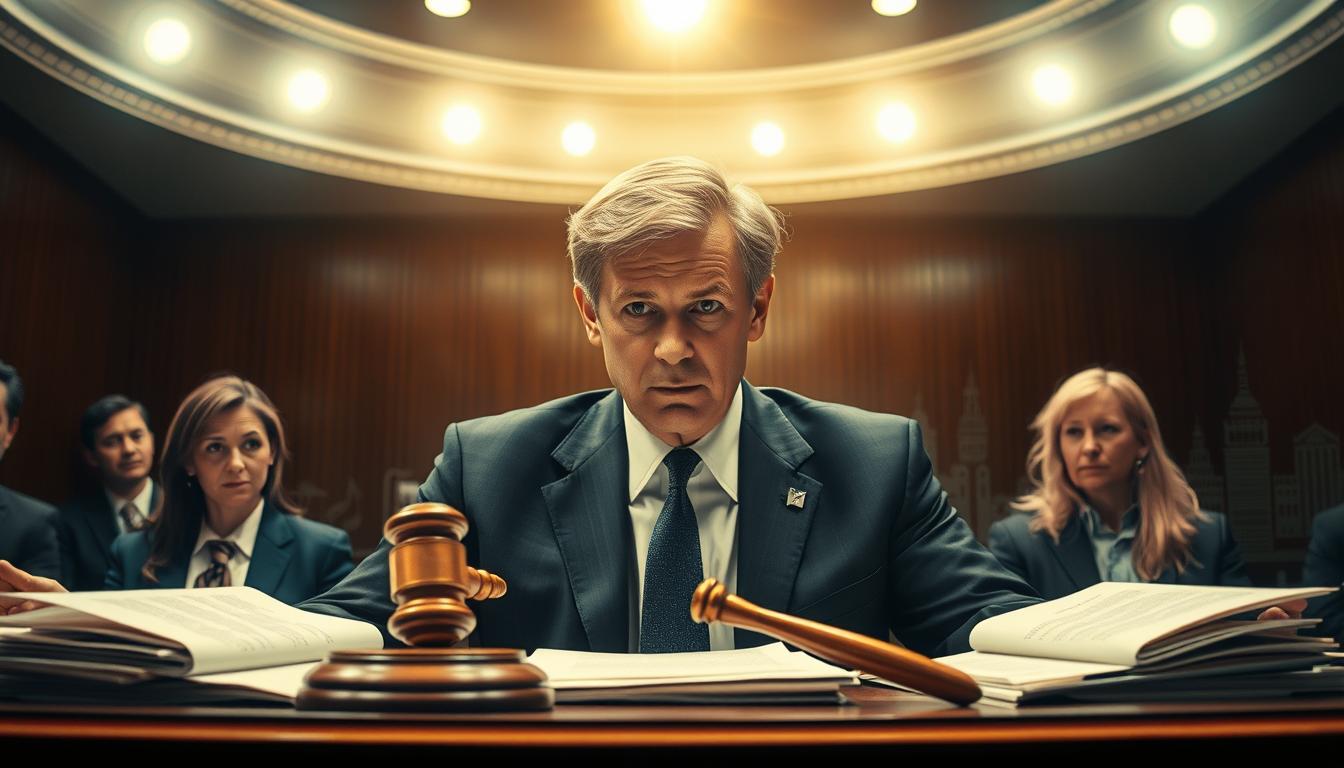Coca-Cola's sales surged by 16% in the first quarter as crowds returned to music and sports venues, demonstrating a robust recovery driven by increased foot traffic and effective marketing. Despite challenges like the Omicron variant, the company's resilience shone through with a 10% sales rise in the fourth quarter. Global price increases and the return of consumers to public events were key factors fueling the sales surge. Coca-Cola's strategic positioning in venues where crowds reemerged solidified its market presence. This surge underscores consumer resilience amidst health concerns and pricing factors. Further insights await on this dynamic sales trajectory.
Key Takeaways
- Coca-Cola's sales surged by 16% in the first quarter with the return of crowds to entertainment venues.
- Event attendance at music venues, sports stadiums, and movie theaters played a significant role in driving the sales surge.
- Global price hikes and effective marketing strategies contributed to the surge in Coca-Cola sales.
- The surge showcased consumer resilience despite health concerns and pricing issues.
- Coca-Cola strategically positioned itself in venues where crowds returned, solidifying its market presence.
Impact of Live Events on Sales
Live events greatly boosted Coca-Cola's sales, with a notable 16% surge in the first quarter as crowds returned to movie theaters, music venues, and sports stadiums. The positive impact of these live events on sales was evident as higher prices for Coca-Cola products didn't deter consumer demand.
Despite facing rising costs and the company's exit from Russia, the surge in sales showcased the resilience of Coca-Cola in leveraging the return of crowds to these entertainment venues. The connection between live events and increased sales was further highlighted by the 10% rise in sales in the fourth quarter, even amidst challenges like the Omicron variant.
This correlation was also seen in the stronger-than-expected sales in the third quarter, driven by global price hikes. The ability of Coca-Cola to capitalize on the resurgence of live events underscores the company's adaptability and strategic positioning in engaging consumers through these popular and dynamic platforms.
Resilience in Challenging Times
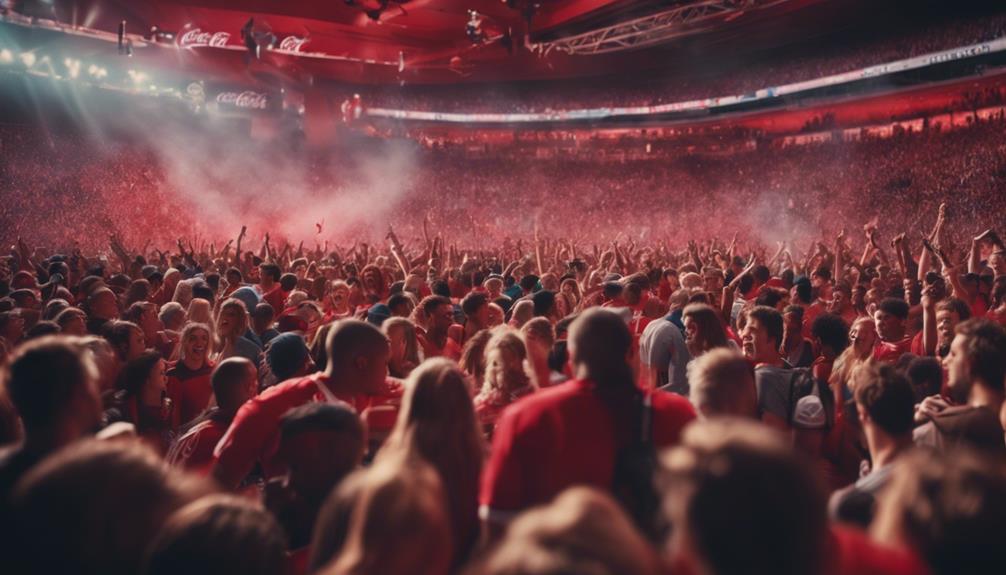
Coca-Cola's ability to adapt to adversity and overcome obstacles has been evident in its recent performance. Despite challenges like the Omicron variant and the exit from Russia operations, Coca-Cola has shown resilience in the face of adversity.
The surge in sales following the return of crowds to entertainment venues reflects Coca-Cola's strength in maneuvering through challenging times.
Adapting to Adversity
Amidst challenges and uncertainties, the resilience shown by Coca-Cola in adapting to the changing landscape of entertainment venues has been exemplified by its recent sales surge. The company's ability to navigate through rising costs and its strategic move away from the Russian market highlights its agility in responding to adversity. As crowds return to movie theaters, music venues, and sports stadiums, Coca-Cola's sales have experienced a notable uptick, showcasing consumer resilience in the face of health implications and pricing concerns. Positive reactions from various individuals and fans have underscored the significance of Coca-Cola's presence in these venues.
Coca-Cola's sales surged by 16% in the first quarter as crowds returned to movie theaters, music venues, and sports stadiums.
The sales growth offset rising costs and the company's exit from the Russian market.
Strong positive reactions were received from various individuals and fans in response to the sales surge.
Some individuals expressed concerns about the health implications and pricing of Coca-Cola products.
Overcoming Obstacles
Overcoming challenges like the Omicron variant, Coca-Cola demonstrated remarkable resilience by achieving a 10% rise in sales in the fourth quarter, highlighting its ability to adapt to obstacles in evolving times.
The surge in sales was fueled by the return of crowds to music, movie theaters, and sports venues, reflecting consumer loyalty and market strength. Despite facing ongoing challenges, such as global price hikes, Coca-Cola managed to maintain its sales growth, defying expectations and showcasing flexibility in maneuvering changing market conditions.
The company's ability to withstand higher prices without dampening demand underscores its strong position in the market. The consistent performance across quarters, even amidst uncertainties like the Omicron variant, points to Coca-Cola's enduring resilience and strategic approach to overcoming obstacles.
As crowds returned to music and sports venues, Coca-Cola's sales surge not only signifies its market resilience but also its capacity to thrive in challenging times.
Coca-Cola's First-Quarter Sales Increase
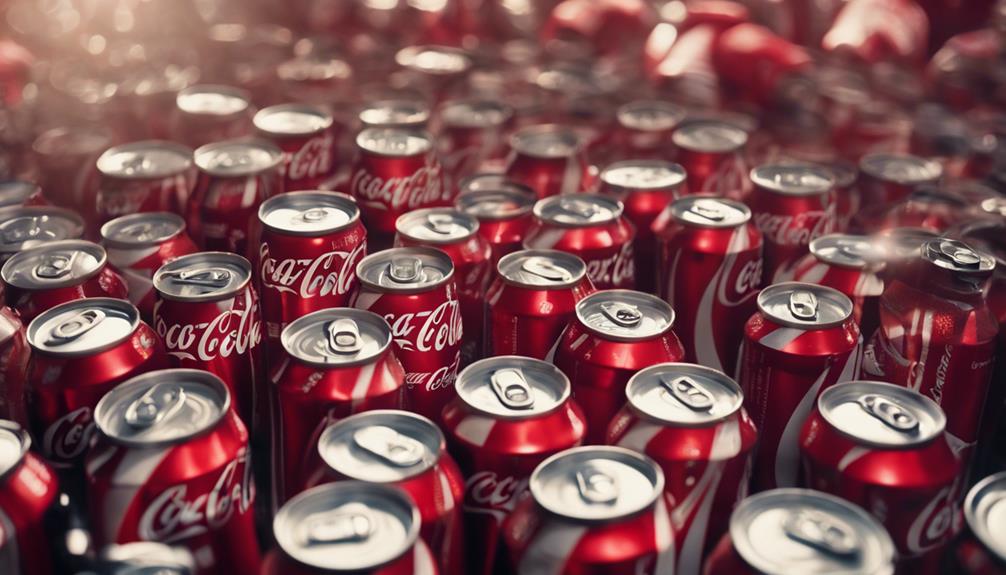
Experiencing a remarkable 16% surge in sales, Coca-Cola's first-quarter performance was particularly boosted by the return of crowds to entertainment venues.
The beverage maker's ability to capitalize on the resurgence of music venues, sports stadiums, and movie theaters played a pivotal role in driving these impressive sales figures. Despite facing rising costs, Coca-Cola managed to offset these challenges through increased consumer demand as crowds returned to these popular venues.
This surge in sales not only exceeded industry analyst forecasts but also showcased Coca-Cola's resilience in a post-pandemic world. The first quarter's success sets a promising tone for the beverage giant, indicating a strong recovery and adaptability to changing market dynamics.
Factors Driving Sales Surge
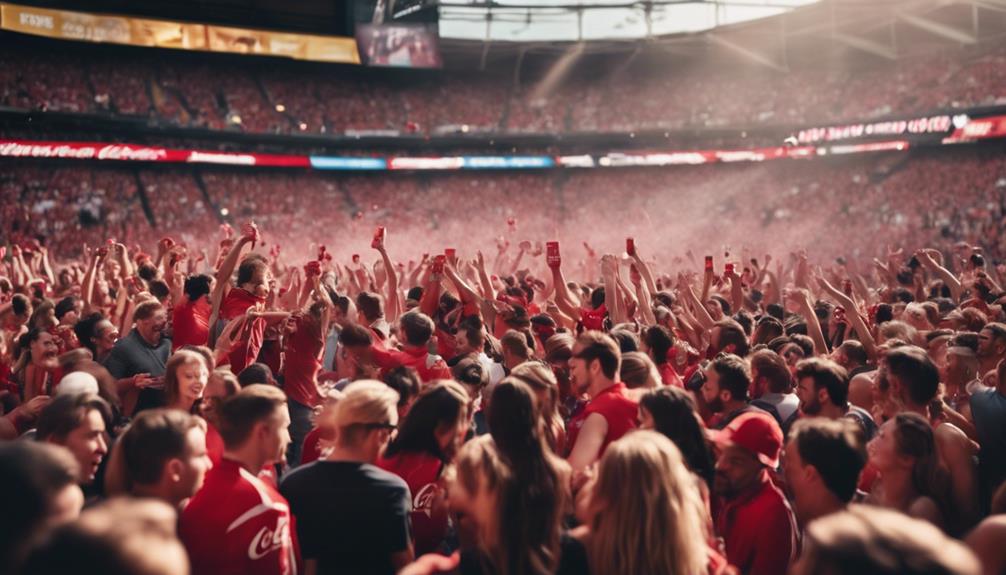
Coca-Cola's sales surge can be attributed to the increase in foot traffic at entertainment venues and the successful implementation of marketing strategies.
The return of event attendance to movie theaters, music venues, and sports stadiums has played a significant role in driving the surge in Coca-Cola sales. By capitalizing on this increased visibility and leveraging effective marketing tactics, Coca-Cola has managed to capitalize on the momentum generated by the resurgence of these entertainment venues.
Event Attendance Increase
The surge in Coca-Cola sales can be attributed to the increased attendance at events such as movie theaters, music venues, and sports stadiums. This uptick in event attendance has played a significant role in driving the demand for Coca-Cola products, contributing to the sales surge experienced in the first quarter.
Despite challenges like the Omicron variant, the resumption of events and gatherings has propelled higher sales for Coca-Cola, with a notable 16% increase in the first quarter alone. To paint a clearer picture for the audience:
- Events such as music concerts and sports games welcomed back crowds, boosting Coca-Cola sales.
- Higher prices didn't hinder the demand increase for Coca-Cola products within these event venues.
- Global price hikes and the return of consumers to public events were key factors driving the surge in sales.
- Despite challenges faced, including the Omicron variant, Coca-Cola witnessed a strong demand increase due to the resumption of events.
Marketing Strategies Impact
Amidst the resurgence in event attendance, impactful marketing strategies have been instrumental in driving the notable surge in Coca-Cola sales. The return of crowds to entertainment venues such as music venues and sports stadiums has played a key role in contributing to this sales surge.
As pandemic restrictions eased, consumer behavior shifted towards increased spending on beverages at public events and gatherings, resulting in a positive impact on Coca-Cola's sales. This surge in sales not only helped offset rising costs but also cushioned the blow from the company's exit from the Russian market.
The strong sales performance in the entertainment sector has been crucial in Coca-Cola's overall revenue growth and market success. By strategically positioning their products in venues where crowds have returned, Coca-Cola has capitalized on the changing consumer preferences, driving a substantial increase in sales and solidifying its presence in the market.
Adapting to Changing Consumer Behaviors
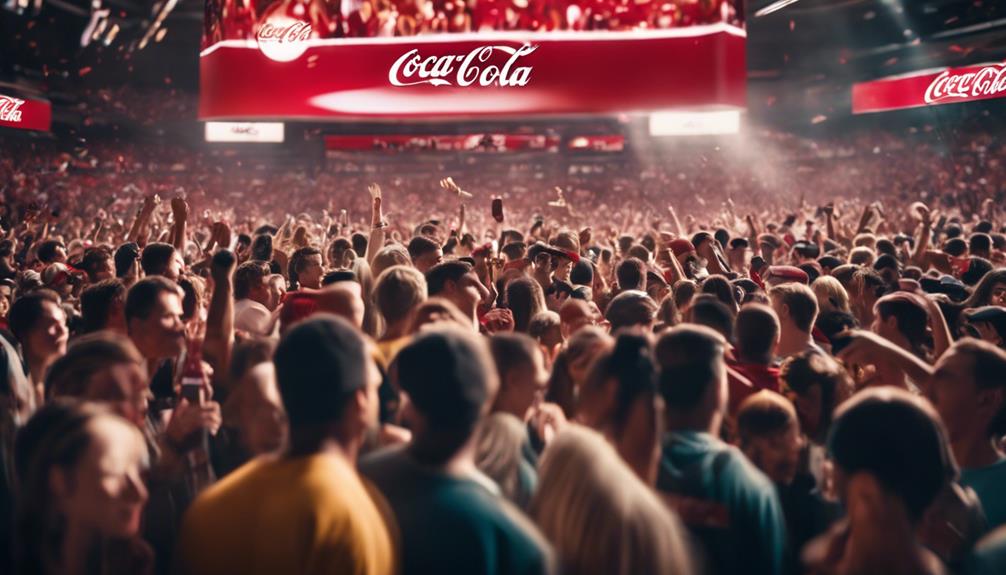
In response to evolving consumer preferences, Coca-Cola has strategically adjusted its product offerings and marketing strategies to align with changing behaviors. The company has made significant changes to adapt to the shifting landscape of consumer behavior, particularly in light of the returning crowds to music and sports venues.
To address these changes, Coca-Cola has implemented the following strategies:
- Increased focus on Coca-Cola Zero Sugar to cater to changing consumer preferences.
- Adjusted pricing and product mix to align with the evolving market demands.
- Leveraged the rise in global unit case volume to capitalize on the trend of consumers returning to entertainment venues.
- Addressed challenges such as the withdrawal of operations in Russia due to the Ukraine invasion, which impacted the company's overall revenue.
Capitalizing on Market Opportunities
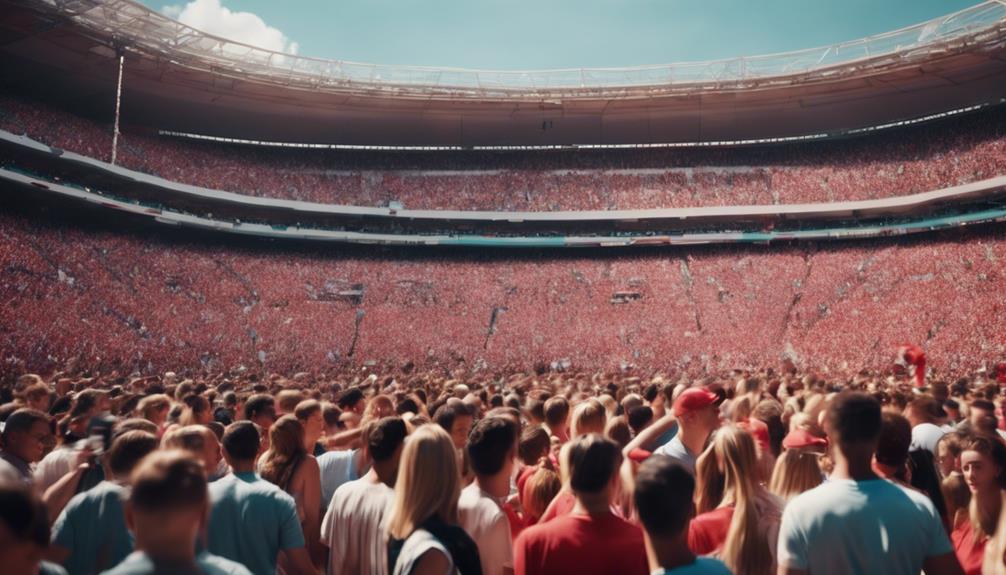
Capitalizing on evolving consumer behaviors, Coca-Cola's sales surged by 16% in the first quarter as crowds returned to entertainment venues. The resumption of public events, such as movie theaters, music venues, and sports stadiums, presented a significant market opportunity for Coca-Cola.
Despite facing challenges like the Omicron variant, the brand demonstrated its resilience with a 10% sales increase in the fourth quarter. Surprisingly, even with higher prices, demand for Coca-Cola products remained strong, showcasing the company's ability to capitalize on market opportunities.
The robust performance in the third and fourth quarters was largely driven by global price hikes and the return of consumers to entertainment venues. This successful adaptation to changing consumer behaviors and the adept navigation of challenges solidify Coca-Cola's position in the market.
As crowds continue to return to public events, Coca-Cola is well-positioned to further capitalize on these market opportunities and maintain its growth trajectory.
Navigating Dynamic Environments Successfully
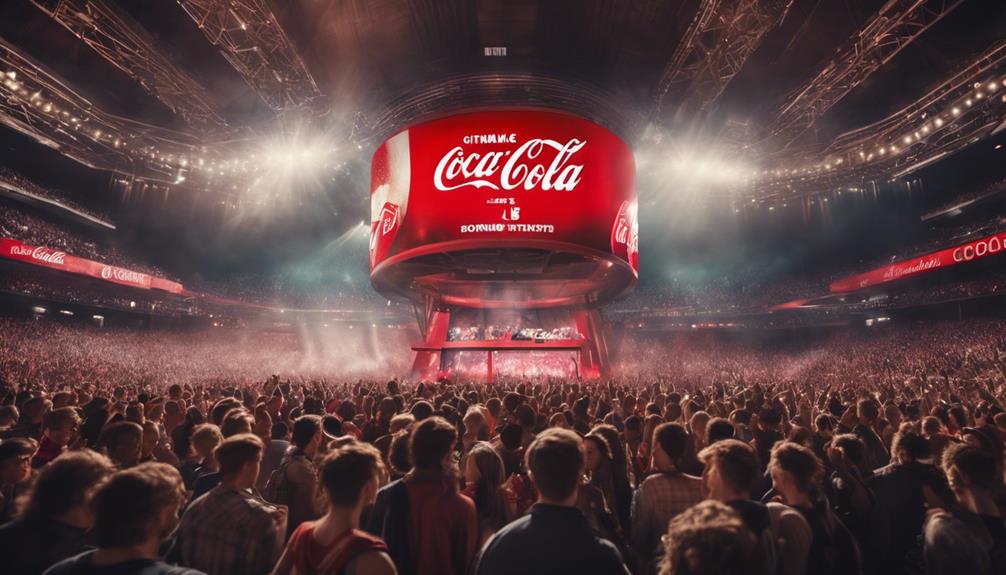
Effectively maneuvering through dynamic environments, Coca-Cola's sales surged by 16% in the first quarter as crowds returned to movie theaters, music venues, and sports stadiums. The sales increase not only offset rising costs but also compensated for the company's exit from Russia following the Ukraine invasion. Coca-Cola's ability to surpass industry analyst forecasts in revenue highlights its skill in successfully navigating through changing landscapes.
Sales of Coca-Cola Zero Sugar experienced a notable 14% increase, contributing greatly to the overall surge in sales. Additionally, the global unit case volume for Coca-Cola rose by 8%, signaling a positive response to the return of crowds to entertainment venues.
- Sales surge offsets rising costs and geopolitical challenges
- Coca-Cola Zero Sugar sees a substantial 14% increase in sales
- Global unit case volume for Coca-Cola rises by 8% with the return of crowds
- Company surpasses industry analyst forecasts, showcasing successful adaptation to dynamic environments
Meeting Evolving Consumer Demands
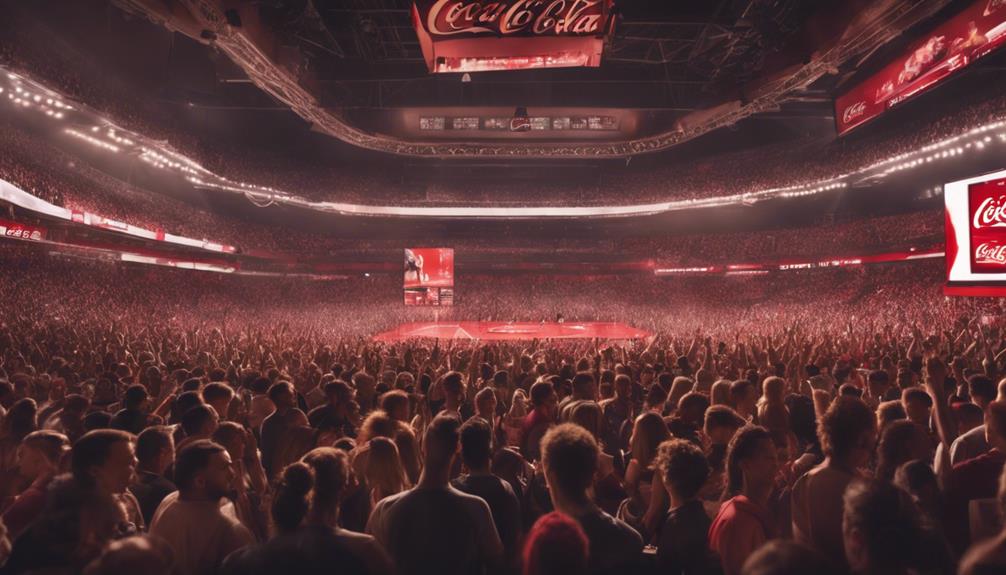
Amidst a changing market landscape, Coca-Cola has adeptly responded to shifting consumer preferences by introducing innovative strategies to meet evolving consumer demands. The company's sales surge of 16% in the first quarter, driven by the return of crowds to entertainment venues, highlights its resilience in adapting to dynamic consumer needs. Sales of Coca-Cola Zero Sugar, which increased by 14%, demonstrate a response to evolving consumer preferences for healthier beverage options. Moreover, the 8% rise in global unit case volume indicates a strong demand for Coca-Cola products as entertainment activities resume post-pandemic challenges such as the Omicron variant. Coca-Cola's adaptability to these challenges underscores its commitment to meeting consumer demands effectively.
| Key Points | Details | Significance |
|---|---|---|
| Sales Surge | 16% increase in the first quarter | Resilience in meeting consumer demands |
| Coca-Cola Zero Sugar | Sales increased by 14% | Responding to healthier consumer preferences |
| Global Unit Case Volume | Rose by 8% | Strong demand for Coca-Cola products as activities resume |
Frequently Asked Questions
Why Are Coca-Cola Sales Falling?
Coca-Cola sales aren't falling; they're actually surging by 16% in the first quarter. This surge is credited to the return of crowds to music venues, movie theaters, and sports stadiums.
Despite facing challenges like the Omicron variant, Coca-Cola managed to increase sales by 10% in the fourth quarter. Surprisingly, higher prices for Coca-Cola products didn't dampen demand during this surge, indicating a positive trend in sales performance.
Has Coca-Cola Increased Sales?
Coca-Cola's sales have indeed increased, with a notable surge of 16% in the first quarter. This growth was spurred by the return of crowds to entertainment venues post-pandemic restrictions.
Despite challenges like the Omicron variant, sales rose by 10% in the fourth quarter as well. Higher product prices didn't dampen demand, contributing to the overall sales surge.
Strong sales in the third quarter were driven by global price hikes and increased consumer spending.
Did Coca-Cola Quietly Discontinue Half Its Drinks?
Coca-Cola didn't quietly discontinue half its drinks. The company strategically phased out underperforming products like Odwalla juices and Zico coconut water to focus on more successful offerings.
This decision was part of Coca-Cola's efforts to streamline operations, prioritize sales, and enhance profitability in a competitive market. By reallocating resources efficiently, Coca-Cola aimed to strengthen its product portfolio and adapt to changing consumer preferences.
What Is the Outlook for Coca-Cola in 2024?
In 2024, the outlook for Coca-Cola appears promising. Despite challenges like the Omicron variant, the company's sales have shown resilience.
Higher prices didn't deter consumer demand, and global price hikes contributed to stronger-than-expected sales. With a 16% surge in the first quarter and a 10% increase in the fourth quarter, Coca-Cola's performance indicates a positive trajectory for the year ahead.
Conclusion
To sum up, Coca-Cola's sales surge can be likened to a revitalizing wave of success, buoyed by the return of live events and the resilience of the brand in challenging times.
The company's ability to adapt to changing consumer behaviors and capitalize on market opportunities has propelled them to navigate dynamic environments successfully.
As they continue to meet evolving consumer demands, Coca-Cola stands as a shining example of strategic growth and innovation in the beverage industry.
